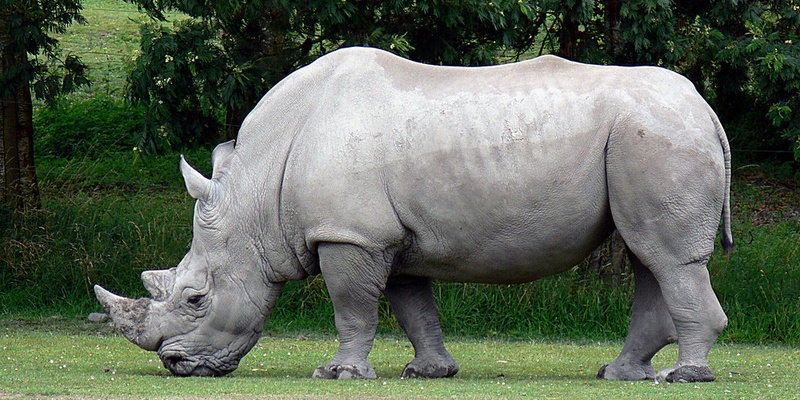Elusive Musk Deer Photographed in West Bengal After 70 Years!
The forests of India often hold secrets, some whispered through rustling leaves, some hidden in the shadows of the Himalayas. But this time, a secret stepped back into the light. After nearly seven decades of uncertainty, the elusive and endangered musk deer has been photographed in Neora Valley National Park, West Bengal. This astonishing discovery marks a landmark moment in Indian wildlife conservation and has been published as part of a new scientific study in a Cambridge University Press India journal. It is not just a scientific victory but a deeply emotional reminder that nature can surprise us when we least expect it.A Species Once Thought Lost ReturnsFor decades, researchers and forest officials believed that musk deer had become locally extinct in West Bengal. With no confirmed sightings since the 1950s, the species faded into mystery. But in December 2023, during a nationwide survey under the Pan-India Assessment and Monitoring of Endangered Species Program originally focused on the Red Panda camera traps captured the unmistakable images of a musk deer. The photographs revealed classic features. Elongated hare-like ears, no antlers, unlike other deer species, and long, visible upper canines. These traits confirmed the deer’s identity as belonging to the genus Moschus. For conservationists, it was like reconnecting with an old friend who was believed to be gone forever.Why This Discovery MattersMusk deer are classified as Endangered on the IUCN Red List, primarily due to brutal poaching driven by demand for their musk gland, a valuable ingredient in traditional medicine and luxury perfumery. Habitat loss, climate change, and human disturbance further threaten their survival. West Bengal’s confirmation is not just a rediscovery; it is proof that Neora Valley still shelters fragile, ancient wildlife. The forest, spanning 160 square kilometers, forms part of the Kangchenjunga transboundary landscape, home to tropical, subtropical, and temperate habitats. Spotting a species this rare indicates the ecological richness and resilience of the region.A Glimpse Into the Life of the Musk DeerUnlike most deer species, musk deer are unique in that they do not grow antlers. Instead, adult males possess elongated, tusk-like canines and a specialized musk gland, a rare feature that has made them highly sought after and vulnerable to poaching. Their small size, shy demeanor, and preference for steep, rugged terrains and dense Himalayan forests make them extremely elusive, rarely seen by humans. The region is home to four musk deer species: the Black musk deer (Moschus fuscus), Himalayan musk deer (Moschus leucogaster), Alpine musk deer (Moschus chrysogaster), and Kashmir musk deer (Moschus cupreus). While recent photographic evidence confirms their presence in Neora Valley National Park, accurately identifying which species inhabit the area will require sustained long-term monitoring, detailed genetic analysis, and comprehensive ecological studies to better understand their population dynamics and habitat use.An Urgent Call for ConservationThe rediscovery of musk deer in Neora Valley comes with a profound responsibility. These elusive animals have faced relentless hunting for their musk glands, prized in traditional medicine and perfumery, with a single pod fetching exorbitant sums on the illegal market. Such high demand has driven poachers deep into protected forests, placing the species under severe threat. This newfound evidence underscores the urgent need for strengthened anti-poaching measures, enhanced habitat protection, long-term population monitoring, and active community participation in conservation efforts. While Neora Valley’s dense and rugged terrain provides musk deer with a refuge, their survival ultimately depends on humans committing to defend and preserve this fragile Himalayan ecosystem.Second Chance for a Vanishing SpeciesThe rediscovery of the endangered musk deer in West Bengal after 70 years is a moment of scientific triumph and emotional resonance. It proves that India’s protected forests still have the power to surprise, still nurture rare life, and still hold keys to biodiversity that remain undiscovered. But with this miracle comes urgency. Now is the time to protect the species with stronger conservation strategies, community involvement, and continuous research. The musk deer’s return is a second chance, one that we cannot afford to waste. If preserved, this fragile creature can once again thrive in the Himalayan shadows, reminding future generations that even the rarest species can survive when humanity chooses to protect rather than destroy.

.jpg)
.jpg)
.jpeg)
.jpg)
.jpg)
.jpg)

.jpg)
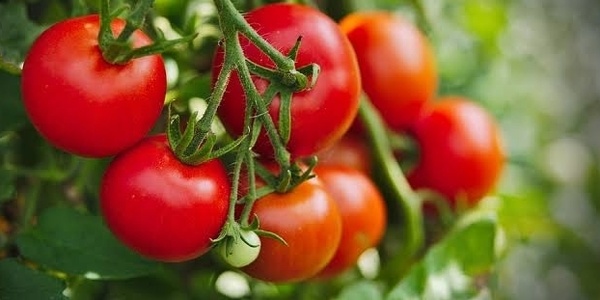



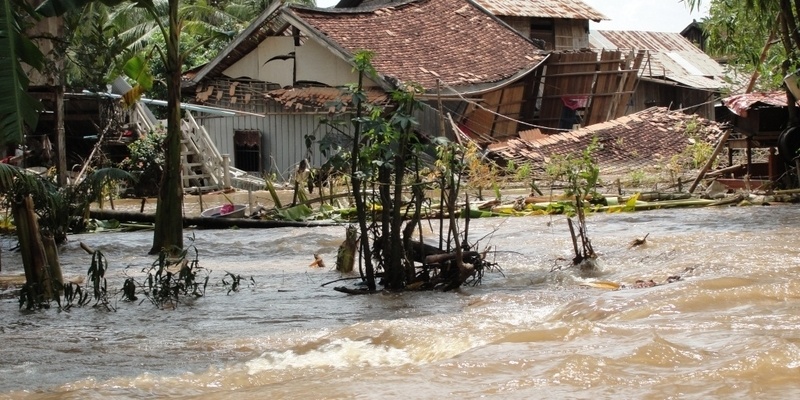
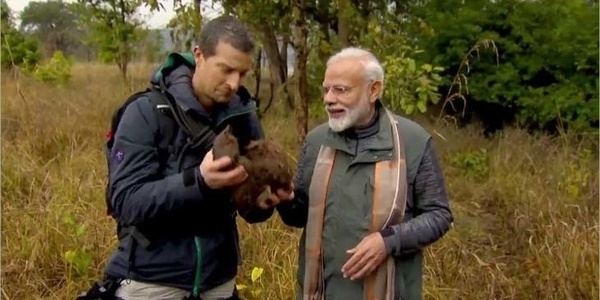
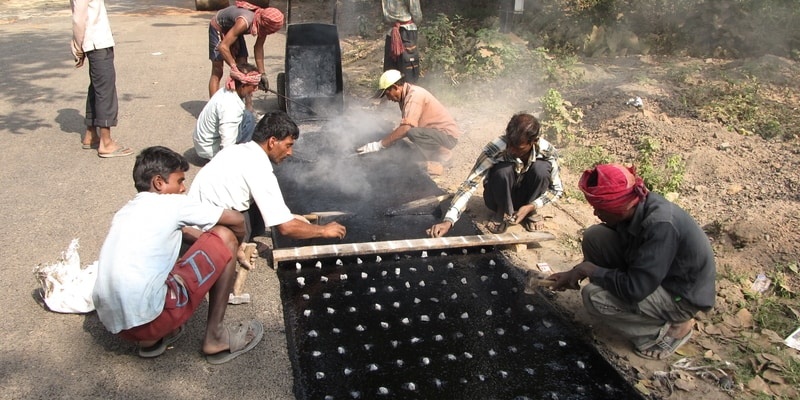




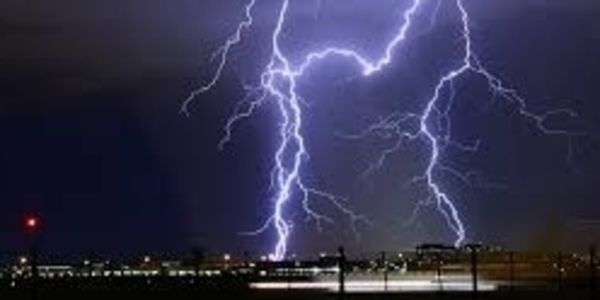




.jpg)
.jpg)
.jpg)
.jpeg)



 (1).jpeg)
.jpeg)
.png)
.jpeg)


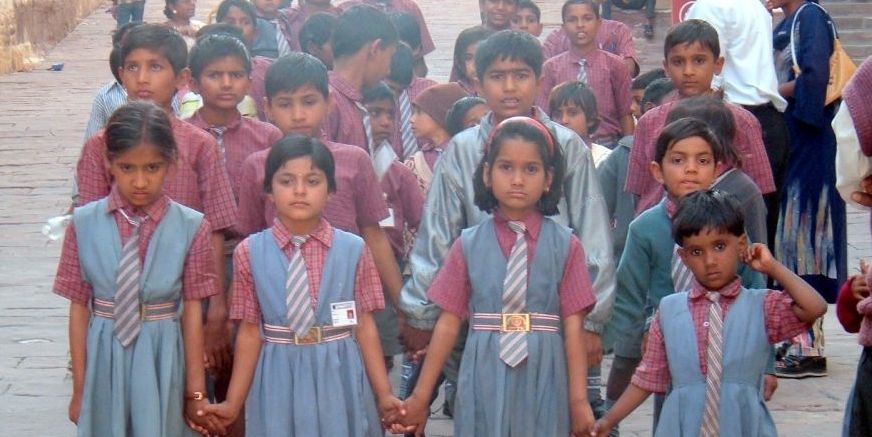
.jpg)
.jpg)
.jpg)
.jpg)
